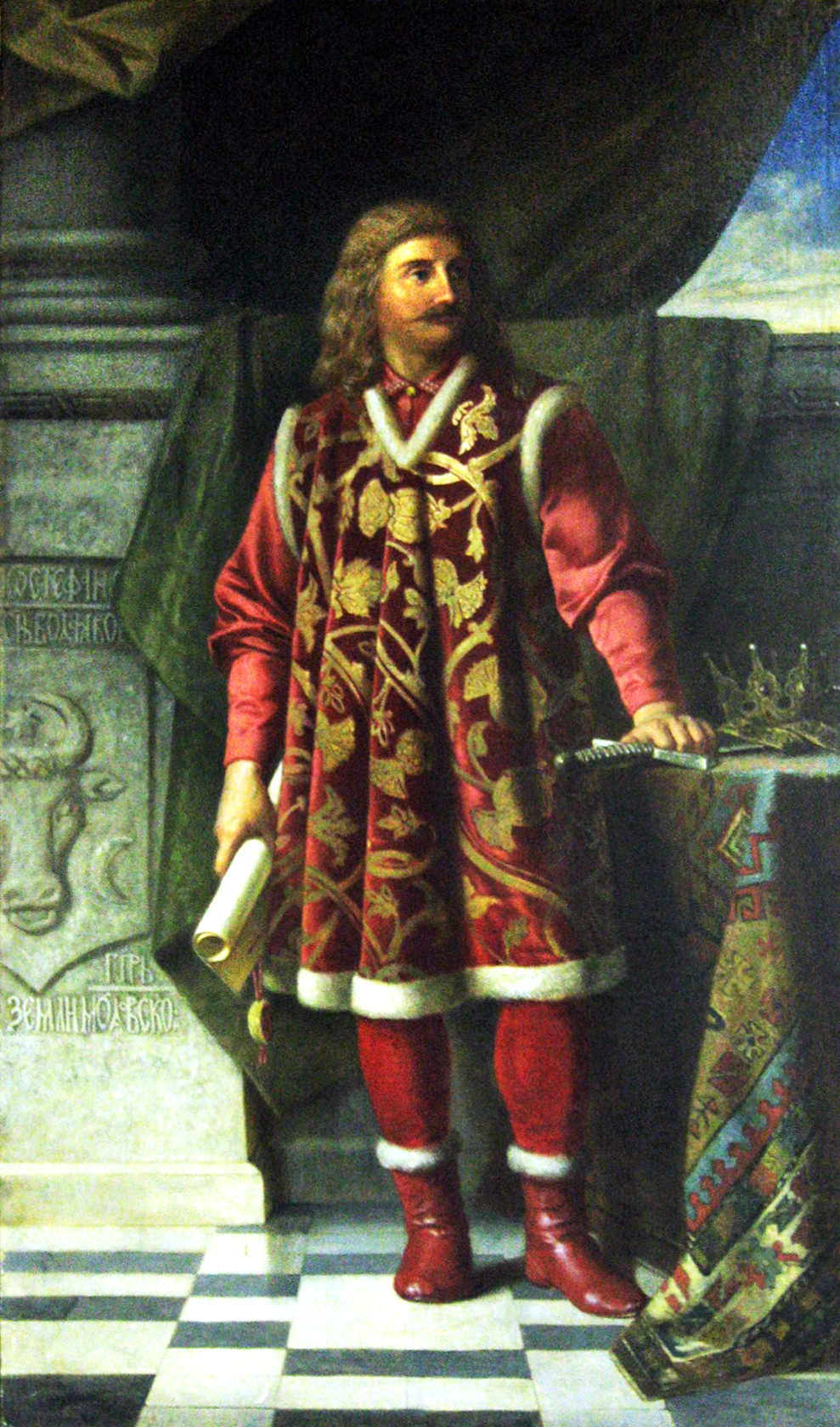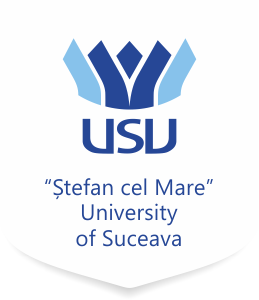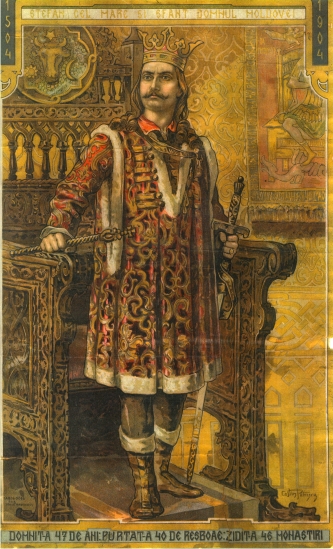
On February 3rd, 1531, less than three decades after the passing of Stefan III , the principle of Moldova, Sigismund I, the king of Poland (1506-1548), referred to him as Stephanus ille magnus (“that great Ştefan”). Bernard Wapowski, the official cartographer and historiographer of the same king, wrote that the Moldavian ruler was “the most famous principle and warrior” of his time. Doctor Matteo Muriano, sent to Suceava from Venice in the summer of 1502, in order to provide medical assistance to the Moldavian principle, wrote in his report that “he is a very wise man, worthy of much praise, loved by his subjects as he is merciful and righteous, always vigilant and generous”. Considered by his contemporary fellow Europeans as a head of state who had managed to hold the reins of the country for 47 years, Stefan was seen by the people as a symbol of stability, consistency, economic development and justice and, at the time of his funeral, Moldova was “in mourning, and everyone was weeping as they had lost a parent…” (Grigore Ureche).
Origin
Stephen the Great, son of Bogdan II (1449-1451) and his wife, Oltea, was most probably born in 1438. Following the death of his father, Stefan sought shelter in Transilvania, ruled at the time by Iancu de Hunedoara (1441-1456), where he became familiar with his military tactics that combined elements of Eastern, Central and Western European military art. Aided by the troops provided by Vlad Ţepeş (1448; 1456-1472; 1476), and subsequently joined by his partisans from the south of Moldavia, Ştefan cel Mare defeated Petru Aron at Doljeşti (Dolheşti), conquering the throne of Moldavia on April 12th, 1457. He found the country depleted and torn apart by the fights between the various pretenders to the throne of Moldavia, a country that had been paying dues to the Ottoman Empire since 1456.
Head of state
Under such circumstances, the ruler had to take extensive measures to remedy the social and economic situation. In order to gain the political support he needed for steady governance, Stefan cel Mare annihilated the aristocrats’ penchant for anarchy and disobedience to the central government, facilitated the economic strengthening of the free peasants (yeomen), and encouraged the merchants and foreign trade agreements. Moreover, he manifested particular interest in the traditional military structures of the country (“the small army” – a permanent military structure and “the large army” – summoned only in case of foreign siege), advocating the introduction of a more rigorous training routine and improved weaponry. His military measures were also directed at strengthening the country’s defence capacity, by consolidating and restoring the Hotin, Tighina, Soroca, Chilia, Cetatea Albă, Suceava, Neamt and Crăciuna fortresses.
Patron of the arts
The country’s economic prosperity enabled Stephen the Great to implement specific policies to support the construction of places of worship that had an important role in terms of culture, artistic achievement as well as military tactics. This very effort is believed to be the Moldavian ruler’s most everlasting achievement. His reign is a landmark in the history of Moldavian art, as that was the time when the so-called “Moldavian style” was first recorded in religious paintings and architecture. The iconographic art of his time is illustrated in the mural art of the churches in Lujeni (present Ukraine), Dolheşti, Bălineşti, Sf. Nicolae in Rădăuţi, Pătrăuţi, Voroneţ and Sf. Ilie. The first complete ensembles that were preserved from the original style of the time are the ones from Pătrăuţi (1487), Voroneţ (1488), Sf. Ilie (1488), a collection that may be completed by the one that existed in Milişăuţi before the church was destroyed during the First World War. One particularly interesting fact is that the depictions of the evangelists on the walls of Voronet are exact replicas of the prototypes set by Gavril Uric in his Tetra-Gospels of 1429, thus hinting at a certain continuity in the traditional 15th century Moldavian painting. The wall paintings from the altar and the nave of the Neamt monastery (1497) are the last to be preserved from the time of Stephen the Great’s reign.
Diplomatic abilities
Stephen the Great’s spectacular military triumphs against practically all his neighbours (Turks, Tatars Hungarians, Poles) have always been backed by very skilful foreign policies which allowed the ruler, who was surrounded by three powerful adversaries (Hungary, Poland and the Ottoman Empire), to never engage in a two-front conflict. In terms of diplomatic abilities, depending on the circumstances, Stephen the Great has conducted negotiations and formed alliances with a number of powerful states from the Eastern, Central and Western Europe (the Crimean Khanate, the Ottoman Empire, the Grand Duchy of Moscow, Poland, Hungary, Venice , the Papal State). Additionally, he conducted negotiations in order to organise an anti-Ottoman coalition with Uzun Hassan, the Padishah of the Turcoman state of Eastern Anatolia and Western Iran.



